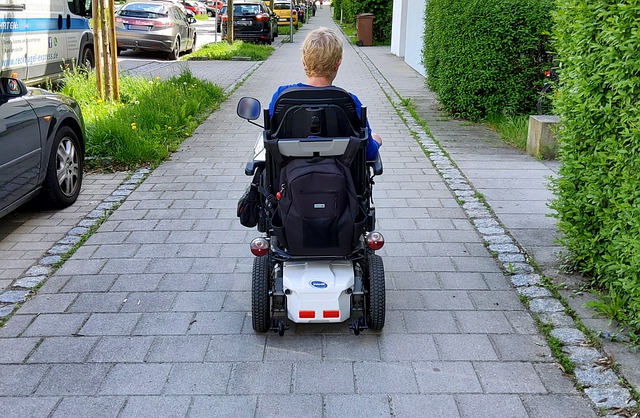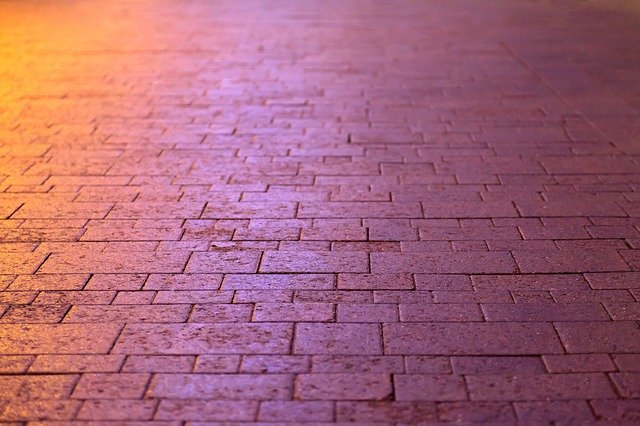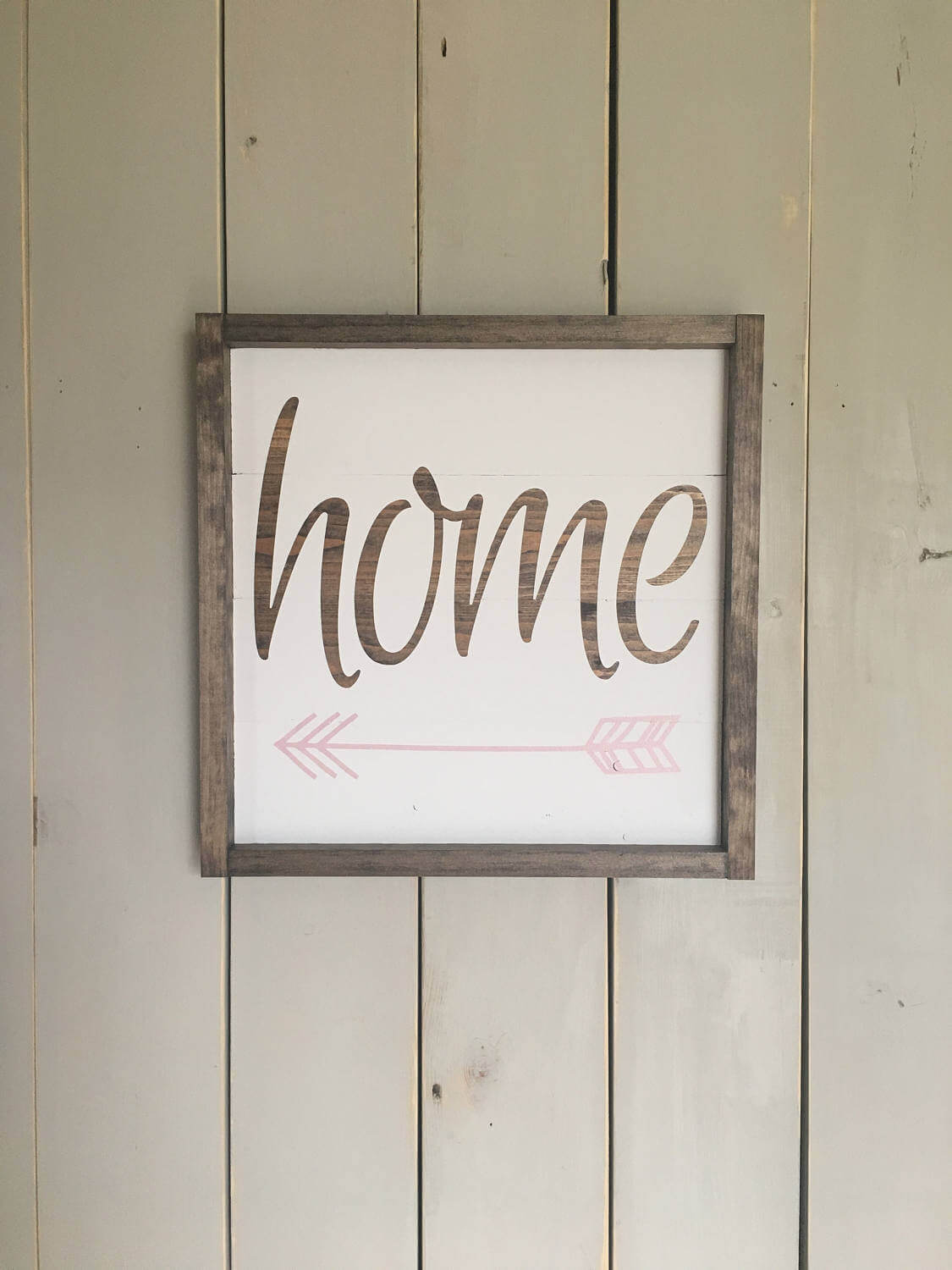There are believed to be at least 3.3 million wheelchair users currently living in the US, according to Physio-pedia.
Unfortunately, the majority of existing homes aren’t designed to support wheelchair users. But there’s no need to worry if you need to use a wheelchair to get around, as these simple adaptations will ensure your home remains stunning yet accessible.

Widen your doorways
The average width of an interior doorway varies considerably, however, 32 inches is the average. Annoyingly, the typical wheelchair is 32 inches wide, so it’s going to be a tight and uncomfortable squeeze if you don’t widen your doorways.
Removing the door can sometimes give enough extra space, but you’ll get the best results by removing the door frame and door moulding. Always check for any electrical wiring or plumbing before cutting your wall board to extend the width of your doorway. New framing can then be installed, followed by plaster board, new trim, and new door.
Go open plan
Another option is to ditch your interior doorways altogether and go open plan. Open plan living provides plenty of space for wheelchair users to get around freely, which is great for their independence. Even when you go open plan, it’s best to separate the entire area into designated zones, so your living, kitchen, and dining space don’t clash with each other.
To create an open plan design, you’ll need to knock down at least one interior wall – in some cases more. Be sure to check that it isn’t a load bearing wall as you’ll need a steel beam erected if it is.
Redo your kitchen
One of the most crucial rooms of your home to make wheelchair accessible is the kitchen. On average, people spend 37 minutes every day prepping food and clearing up.
Being able to do these tasks promotes independence, which is vital for a disabled person’s mental health. Your kitchen needs to have height adjustable countertops or pull out shelves for food prep. An open space beneath your sink is also a must so that a wheelchair can fit beneath it.
Touchless faucets are also recommended, as are height adjustable wall cabinets. As you can imagine, this can cost a significant amount of money, even if you’re doing the job yourself. Finance options are available to help people with disabilities improve their homes. For example, a VA loan refinance is for veterans and their spouses.
These programs provide lower interest rates and the option to delve into your home’s equity, so that you can make your kitchen as accessible as possible.
Install wheelchair ramps
It’s all well and good making the inside of your home accessible, but you need to ensure that a wheelchair user can get in and out of the property freely.
A wheelchair ramp at both the front and back of your property is therefore recommended. You can build and install a fully accessible ramp with wood, concrete, foundation slabs, screws, and construction adhesive. Ideally, your slope should run 1 to 12. However, legally you can run the slope 1 to 20 if you need to.
An accessible house is essential for any wheelchair user. Thankfully, there are plenty of small and large DIY options you can complete to improve your home’s accessibility.






